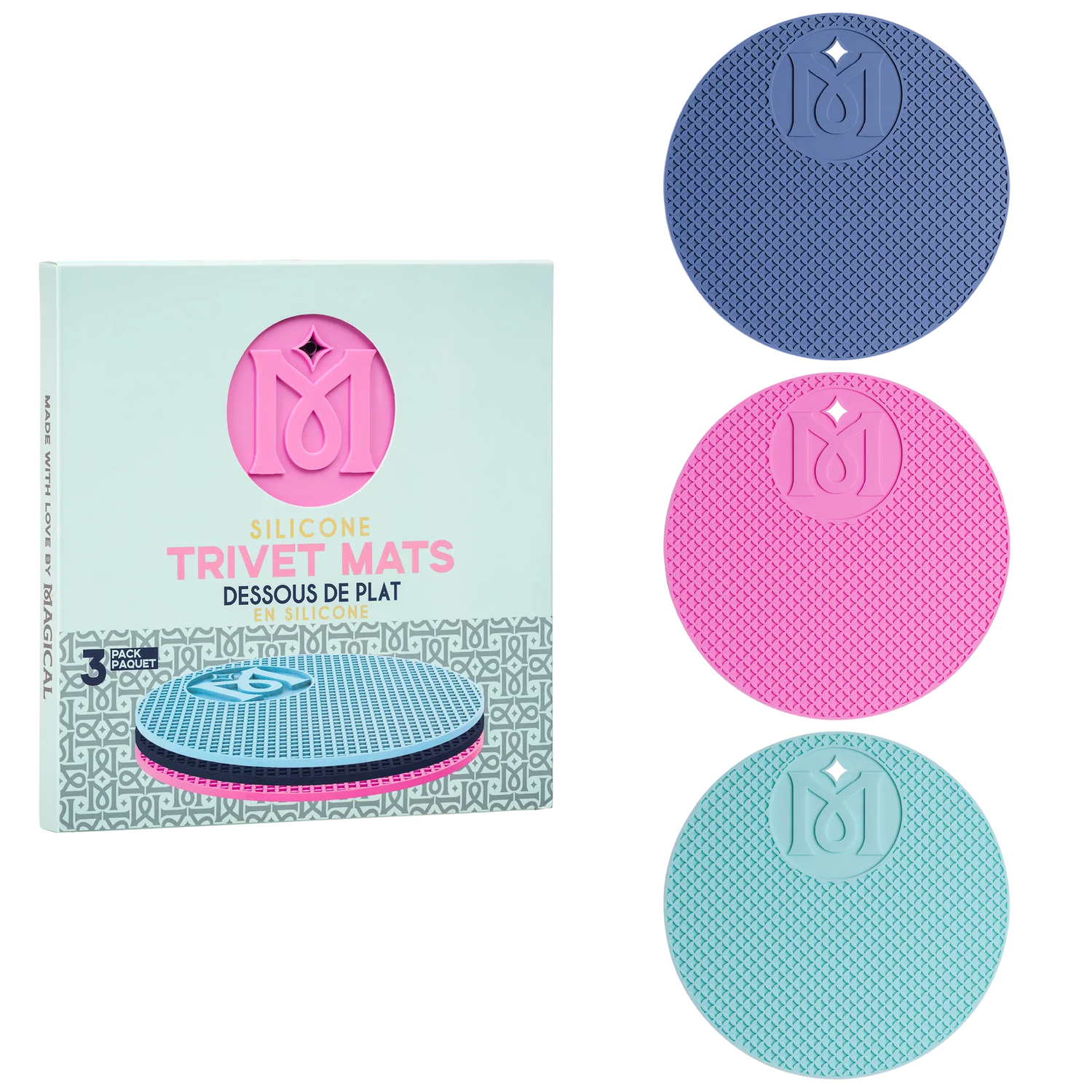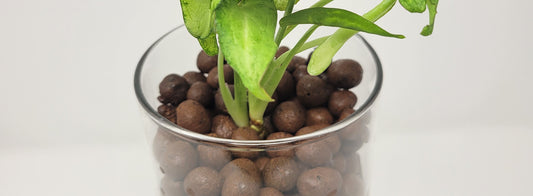Arguably one of the most important things a plant needs is light. Even when all of their other needs are met, the wrong amount of light can stunt or kill them. When growing outdoors, this means finding the right place, with the right amount of sunlight. In a controlled environment, such as an indoor garden, this means using the right kind of grow light at the right height.

H.I.D
High-Intensity Discharge lights use large rounded or double-ended (DE) bulbs. Each bulb contains two electrodes connected by a filament of metal salts. When an electrical signal is sent between the electrodes, the salts heat up, creating light. The most common types of HID lights used in growing are high-pressure sodium (HPS) and metal halide (MH). To run HID lights, you need a ballast to control the electrical current that powers the lights. Over time, the filaments wear out and require a higher voltage to continue producing the same amount of light. This means that as your light ages, you’ll spend more money on electricity to power it.
HID lights provide intense lighting to large areas, which make them appealing for those in a commercial setting. Until recently the costs were prohibitive to small-scale gardeners, but they have come down over the last few years. HID requires the most electricity of all grow light types, and put off a lot of heat. That may mean additional costs to cool your space. Each bulb typically lasts about 10,000 to 25,000 hours, and will need to be replaced at the end of its lifespan.

Fluorescent
Fluorescent bulbs consist of a phosphor-coated glass tube with electrodes on either end. The tube is filled with inert gas and a small amount of mercury. When turned on, charged atoms move from one end of the tube to the other, colliding with some of the mercury atoms turning them into a gas. This process emits a non-visible UV light that interacts with the phosphor, which creates visible light. The spectrum of light created depends on the type of phosphor used to coat the inside of the tube.
Fluorescent lights require the least up-front cost, and bulbs typically last about 20,000 hours. Fluorescent grow lights can be purchased in red, blue, green, white, and UV spectrums for customizable growing conditions. They use less energy than HID, and put off less heat. Unfortunately, fluorescents give off much less light per watt than HID or LED, so more lights would be required to cover the same area. When not disposed of properly, fluorescent bulbs contribute to groundwater pollution.

LED
Light Emitting Diodes are small devices that contain two electrodes of different semiconductor materials. These materials are treated with chemicals that ensure a current can only travel in one direction. When charged with an electrical current, the semiconductors emit visible light. The simplicity of design means that less energy is wasted to produce light. Diodes are then mounted to boards made of silicone and placed in frames of aluminum to limit the amount of energy lost to heat. Similar to a ballast, LED lights use a driver to control the amount of energy going to the light. Most LED drivers can be manually adjusted to optimize the light output for your space.
LEDs have come a long way over the last few years, and have quickly become the most popular choice for grow lights. Most last for 100,000 hours or more without maintenance. Their high efficiency and low heat mean they cost you less to run over the life of the lamp compared to other lights. Many LEDs on the market also allow you to change the spectrum emitted without the need to change bulbs or fixtures. Unlike HID or fluorescent light, their light is emitted in only one direction, so there is no need for reflectors to utilize all of the light produced. The main drawback is that once the diodes begin to go out, you’ll need to buy a whole new light.
Finding the light that’s best for your garden can be daunting. Many people have strong opinions about the type of lights you should use, but when it comes down to it, no one knows your garden like you. You can grow amazing plants with any type of grow lights if you know how to use them.
We’re excited to help you find what works for your garden, and answer any questions you have. Comment below, contact us here, or stop by Taproot Hydroponics and we’ll be happy to help you.




